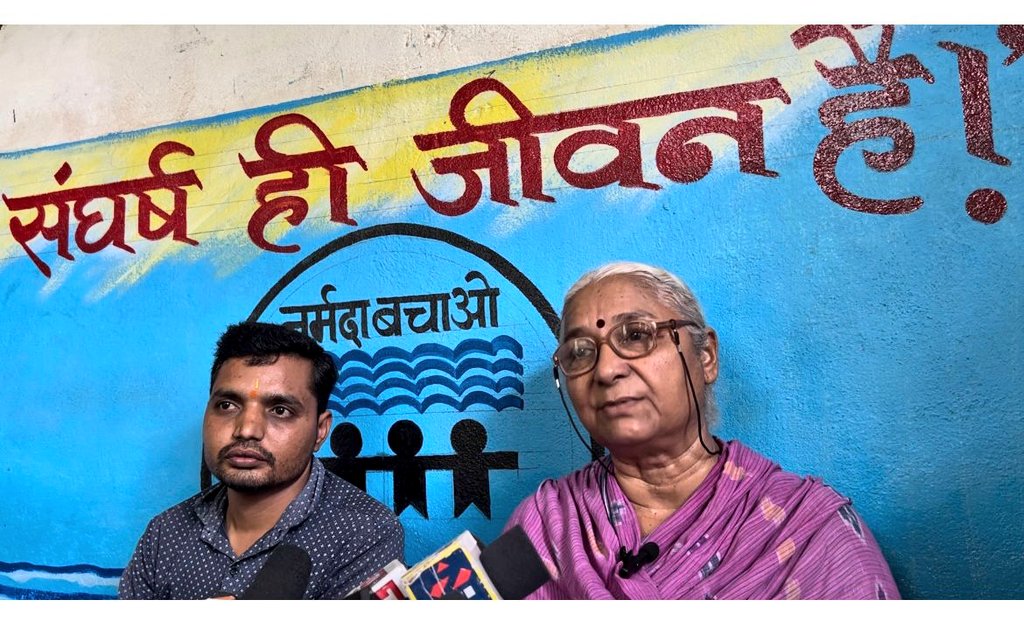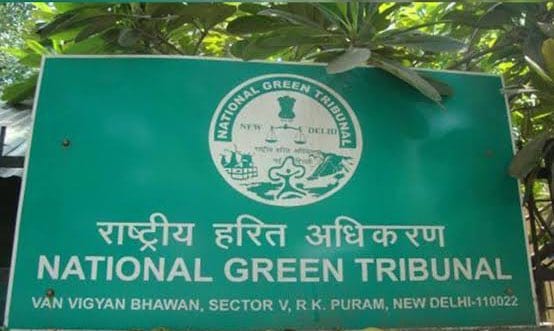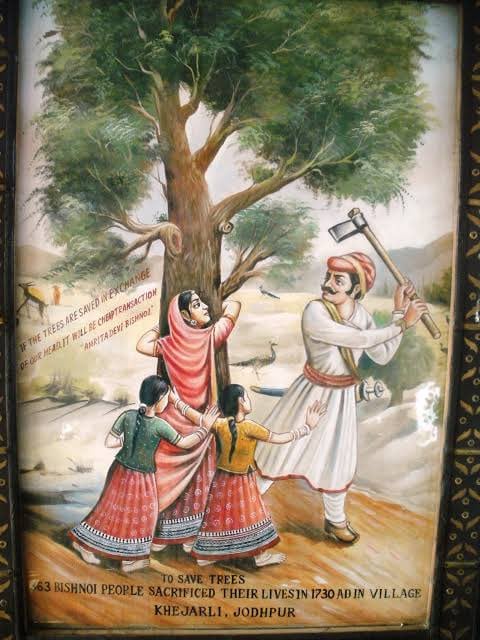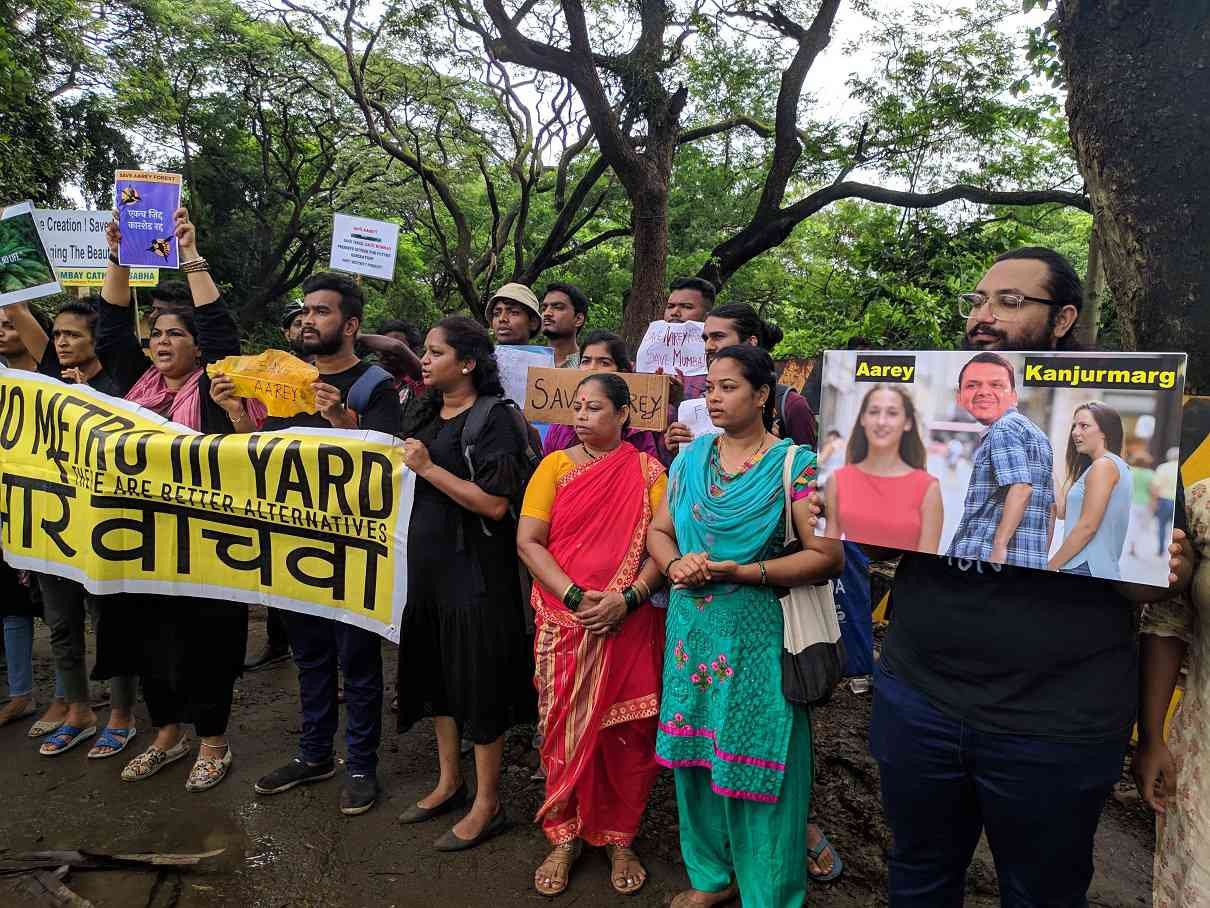India’s environmental legacy isn’t the handiwork of a singular leader or statute—it is a mosaic painted over decades with the resilience of grassroots movements, judicial interventions, and collective cries for ecological justice. From the sacred groves of Rajasthan to courtroom battles in Delhi, the journey has been marked by moments that forced the nation to rethink its bond with nature.
Here are eight landmark events that continue to echo in the country's fight to protect its forests, rivers, wildlife, and people.
The Chipko Movement (1973) Location: Uttarakhand (then Uttar Pradesh)In the quiet Himalayan village of Reni, an extraordinary act of defiance unfolded. Women embraced sal trees, forming a living barrier against the axes of logging contractors. This iconic protest didn’t just stop deforestation—it ignited a wildfire of environmental consciousness across the hills.
Impact: In 1980, green felling was banned in the Alaknanda basin for 15 years. Chipko affirmed the community’s stake in natural resources and birthed the eco-feminism movement in India.
The Silent Valley Movement (1978–1985) Location: KeralaWhen a hydroelectric project threatened Kerala’s pristine Silent Valley, a coalition of poets, scientists, and activists rose in its defense. Their collective voice became a symphony of resistance.

Impact: Prime Minister Rajiv Gandhi scrapped the project in 1985, declaring Silent Valley a national park. This became a pioneering example of biodiversity preservation and grassroots activism.
The Bhopal Gas Tragedy (1984) Location: Bhopal, Madhya PradeshOn the night of December 3, 1984, a cloud of lethal methyl isocyanate engulfed Bhopal, claiming over 3,800 lives and leaving more than half a million injured.

Impact: The catastrophe laid bare India’s lax industrial safeguards, catalyzing the creation of stricter safety norms and enshrining the “polluter pays” doctrine into environmental jurisprudence.
The Environment (Protection) Act (1986)Spurred by the horror of Bhopal, this sweeping legislation empowered the central government with broad regulatory authority over air, water, and hazardous materials.

Impact: It unified fragmented environmental laws under one powerful umbrella, laying the groundwork for environmental impact assessments, eco-sensitive zones, and waste management protocols.
Narmada Bachao Andolan (1985) Location: Madhya Pradesh, Gujarat, MaharashtraAs the Sardar Sarovar Dam threatened to displace thousands and submerge ecosystems, Medha Patkar, tribal communities, and allies rose in fierce opposition.

Impact: In 1993, the World Bank withdrew funding. The movement ushered in more humane rehabilitation laws and mandated rigorous environmental and social impact assessments.
Formation of the National Green Tribunal (2010)With an avalanche of environmental litigation, India needed swift and expert adjudication.

Impact: The NGT emerged as a powerful watchdog, banning aging diesel vehicles, halting illegal mining, and enforcing green norms—serving as the country’s ecological conscience in real time.
The Bishnoi Sacrifice (1730) Location: Khejarli, RajasthanCenturies before modern activism, Amrita Devi Bishnoi and 362 villagers laid down their lives to protect khejri trees from being felled by the king’s men.

Impact: This early sacrifice enshrined a philosophy of peaceful co-existence with nature, which still fuels environmentalism in Rajasthan and beyond.
Aarey Forest Protests (2019) Location: Mumbai, MaharashtraWhen authorities greenlit the felling of 2,000+ trees in Mumbai’s Aarey forest for a metro project, an uproar followed. Citizens, students, and celebrities rallied under one banner.

Impact: The government rolled back the project and declared portions of Aarey a reserved forest—proving that even urban movements can sway policy.
You may also like

Gardeners warned over dangerous mistake that could cause dogs seizures

Police officer, 56, dies while on duty as force left 'devastated' by 'unexplained' death

Several injured after yacht carrying 400 people for party cruise hits dock in Hudson River

French literature influences writers and politicians in Kerala: Tharoor

Lawn expert's simple 4-step plan to revive 'wilted, patchy and brown' grass







